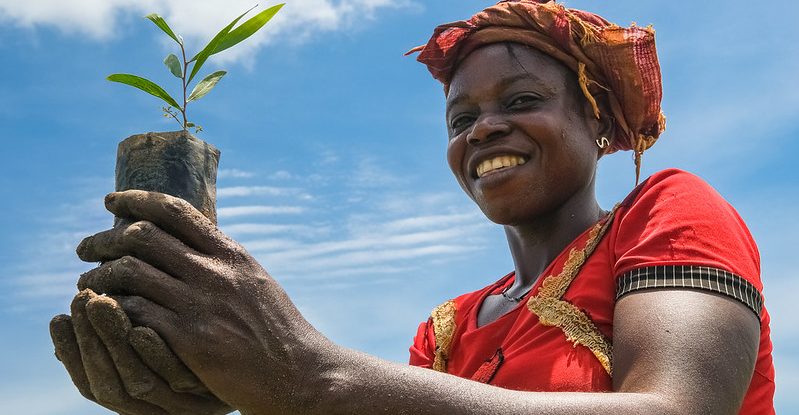
Without urgent action to curb global warming, limiting temperature increases to 1.5 degrees Celsius above pre-industrial levels will be impossible, says a new report from the Intergovernmental Panel on Climate Change (IPCC).
The rate of planet-warming greenhouse gas emissions has slowed since peaking between 2010 and 2019, but overall, they are at their highest levels.
To address the crisis, major cross-sectoral efforts supported by increasing financial investments from both the public and private sector are required.
Despite Nationally Determined Contributions, warming is likely to exceed 1.5 degrees Celsius this century, says the report, which also shines the spotlight on the overwhelming challenge posed by fossil fuel use and extols the value of nature-based solutions.
The use of fossil fuels – including coal, shale gas and oil – must be substantially reduced and ultimately stopped, said Robert Nasi, managing director of the Center for International Forestry Research and World Agroforestry (CIFOR-ICRAF).
“We must move toward renewable energy, wind and solar but also hydro and biomass, while keeping our eyes wide open regarding the potential risks and implications of scaling up such green solutions to avoid unintended consequences like using agricultural land to produce biofeed, or aggravating existing issues like social or environmental impacts, dams or mining,” he said.
A significant part of this shift will involve re-prioritizing how public money is spent, particularly regarding fossil fuel — currently subsidized at $11 million a minute – and other harmful subsidies – for example, for pesticides or chemical fertilizers – which should be rechannelled into climate friendly energy, transport and agriculture.
The IPCC report highlights the benefits nature can offer as a climate solution, said Bronson Griscom, senior director of Natural Climate Solutions at Conservation International, adding that natural solutions can provide a range of additional development and biodiversity benefits, including cleaning water and air, decreasing soil erosion and flood risks, and securing wildlife habitats and fisheries.
“It’s economically rational to do this,” Griscom said. “The IPCC finds that delivering natural climate solutions that limit warming to less than 2 degrees Celsius would cost up to $400 billion a year by 2050. That’s less than current subsidies for business-as-usual agriculture and forestry, and doesn’t include the large economic benefits of cleaner air, cleaner water, and healthier ecosystems that are delivered by natural climate solutions.”
This is an important emphasis, Nasi added. “Forests and trees are currently the only proven tools for scaling up efforts to remove greenhouse gases from the atmosphere.”
Other chemistry- or physics-based decarbonization methods will become available, but not at the right scale or within the right timeframe to help prevent the catastrophic effects of climate change, Nasi added.
Forest conservation, regenerating degraded lands and establishing plantations should be our priorities, but these should not be undertaken for the primary purpose of fixing greenhouse gas emissions.
“There are millions of reasons to do this and fix carbon dioxide as a co-benefit,” Nasi said.
We must reduce financial inequalities — a barrier to addressing climate change — by ensuring that the wealthiest 10 percent who produce between 36 and 45 percent of emissions play a bigger role in reducing them.
About two thirds of that 10 percent live in developed countries and one third in other economies, the report states.
While the wealthiest people contribute disproportionately to higher emissions, they have the potential to reduce their emissions while maintaining decent living standards and well-being.
“The IPCC report points out that they could become exemplary – pursuing low-carbon lifestyles, investing in low-carbon businesses and advocating for comprehensive climate policies,” Nasi said.
The window of opportunity is closing quickly, and the focus should be on agreeing pathways to reduce emissions to net zero as soon as possible.
We want you to share Forests News content, which is licensed under Creative Commons Attribution-NonCommercial-ShareAlike 4.0 International (CC BY-NC-SA 4.0). This means you are free to redistribute our material for non-commercial purposes. All we ask is that you give Forests News appropriate credit and link to the original Forests News content, indicate if changes were made, and distribute your contributions under the same Creative Commons license. You must notify Forests News if you repost, reprint or reuse our materials by contacting forestsnews@cifor-icraf.org.